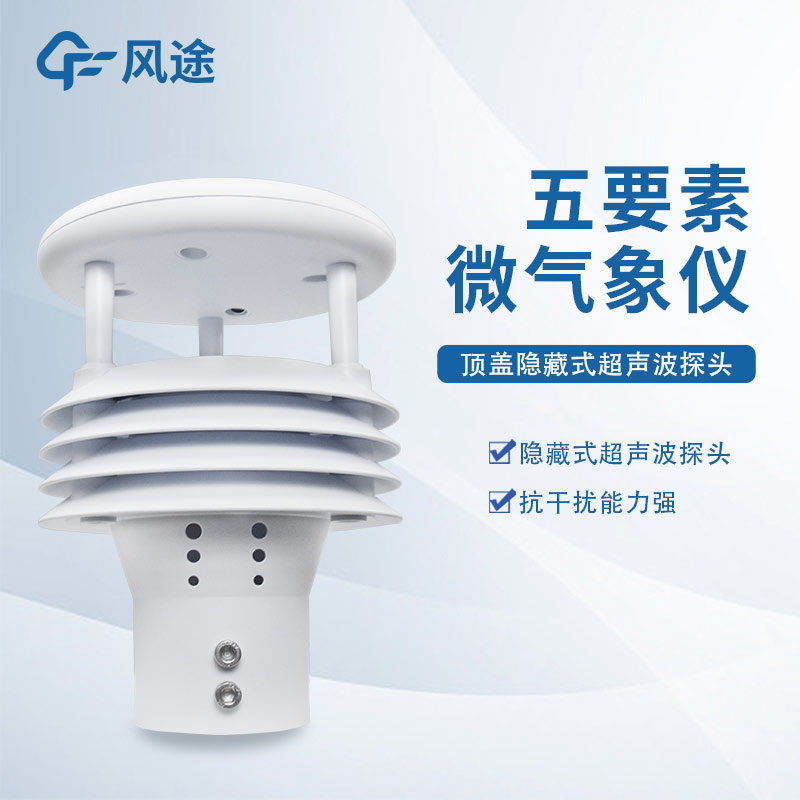Tianyi Sensor IOT Technology Co., Ltd
Sales Manager:Ms. Emily Wang
Cel,Whatsapp,Wechat:+86 15898932201
Email:info@fengtutec.com
Add:No. 155 Optoelectronic Industry Accelerator, Gaoxin District, Weifang, Shandong, China

Sales Manager:Ms. Emily Wang
Cel,Whatsapp,Wechat:+86 15898932201
Email:info@fengtutec.com
Add:No. 155 Optoelectronic Industry Accelerator, Gaoxin District, Weifang, Shandong, China
time:2025-06-09 09:04:45 source:Weather Station viewed:171 time
The wireless transmission technology of Multiparameter Weather Sensors enables remote real-time transmission of meteorological data through communication methods such as LoRa, ZigBee, and GPRS. Traditional wired sensors suffer from cumbersome cabling, which limits installation locations. In contrast, wireless transmission technology breaks these constraints, allowing flexible deployment in complex terrains and remote areas.
In the agricultural sector, wireless Multiparameter Weather Sensors can real-time monitor data such as temperature, humidity, and light intensity in farmland. Farmers receive this data via mobile phones or computers to accurately grasp the growth environment of crops, enabling timely irrigation, fertilization, and other operations to improve crop yield and quality.
In the transportation field, sensors deployed along bridges, tunnels, and highways can real-time feedback meteorological information such as road icing and heavy fog, providing a basis for traffic management departments to formulate scheduling plans and ensure road safety and smoothness.
In the meteorological monitoring field, numerous dispersed wireless sensors form a huge monitoring network, collecting data such as wind speed, wind direction, and air pressure to help meteorological departments more accurately predict weather changes.
Wireless transmission Multiparameter Weather Sensors also feature easy installation and strong scalability. They eliminate the need for large-scale construction and cabling, reducing installation costs and time. By adding sensor nodes, the monitoring scope and content can be easily expanded. However, they also face challenges such as signal interference from obstacles and limited battery life.

In the fields of meteorology, environmental monitoring, agriculture, hydrology, transportation, and wind power generation, obtaining high-precision, high-time-resolution meteorological data for small-scale (microscale) areas is crucial. Traditional meteorological observation stations are usually lar...
As a professional monitoring tool specifically designed for the efficient operation of photovoltaic (PV) power plants, the Photovoltaic Weather Station features functional design, parameter selection, and data application that are deeply tailored to the actual needs of PV scenarios. It serves as a c...
Although traditional mechanical wind speed and direction meters have, to some extent, met basic requirements, they have limitations in terms of accuracy, response speed, and reliability. With the advancement of technology, the 3D Ultrasonic Anemometer based on the time - difference method has been d...
People have been measuring the wind for a long time, and the tools for wind measurement have been constantly upgraded. In the 15th century, Leonardo da Vinci designed a vane anemometer, marking the beginning of the era of scientific wind measurement. In 1846, Thomas Romney Robinson, a British naval...